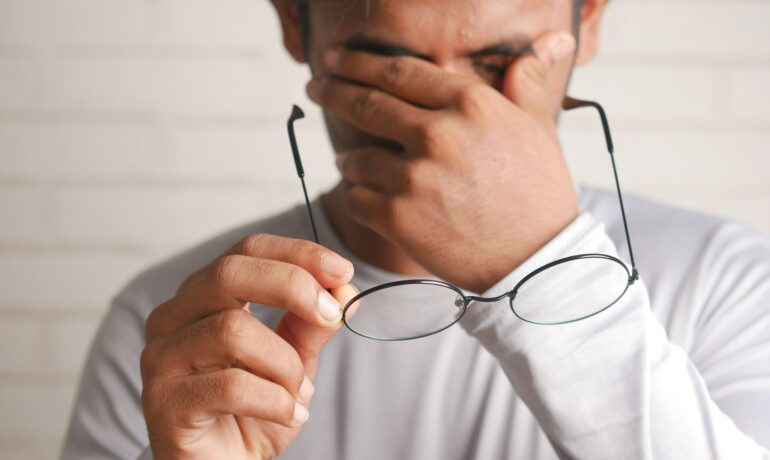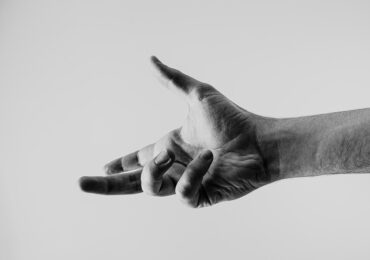De Quervain’s tenosynovitis affects the hand resulting in pain and tenderness along one’s thumb side of the wrist. To understand De Quervain tenosynovitis, it helps to explain what tendons are involved in De Quervain tenosynovitis. The condition is typically more noticeable when one is moving the thumb, gripping or grasping something, forming a fist, turning their writs or trying to lift something when your arms are in front of you, and the thumbs are pointed to the ceiling like when you lift a child.
What Tendons are Involved in De Quervain Tenosynovitis?
De Quervain tenosynovitis affects the extensor pollicis brevis and abductor pollicis, the two main tendons of the thumb. These tendons come into play when you bring your thumb away from your index finger and when straightening the thumb joints. The two tendons arise from the forearm muscles. They run together in a sheath that helps keep them close to the bone.
Tendons attach muscle to bone and function like a rope allowing the muscle to pull and move the bone. They are covered by a thin, soft tissue layer known as synovium. The layer provides all the nutrients the tendons need, making it easy for them to slide through the surrounding sheath easily. Any swelling or thickening of the sheath results in a condition where the tendons no longer fit inside the sheath resulting in increased friction and pain during particular thumb and wrist movements.

How Can You Tell You Have De Quervain Tenosynovitis?
Most people dismiss hand and upper limb pain and discomfort as an overuse injury. De Quervain tenosynovitis comes with the following symptoms:
- Pain in the thumb side of the wrist is the main symptom of De Quervain tenosynovitis. The pain stays in the wrist travelling up the forearm and worsens when the hand and thumb are in use. This can be evident when you forcefully grasp or lift an object or twist your wrist.
- Swelling or inflammation over the thumb side of your wrist; a fluid-filled cyst may accompany the swelling.
- A snapping or catching sensation when you move the thumb.
- If the pain and swelling worsen, you may have difficulties moving your wrists and thumb.
Do You Need Surgery to Correct De Quervain Tenosynovitis?
There are many non-surgical treatment options for De Quervain tenosynovitis. Splints, modifying your activities, and corticosteroid injections are usually effective in treating the condition. Surgery is the last option if the condition worsens or doesn’t respond to these treatments.
Surgery aims to release the tendon sheath, creating more room for the irritated tendons to move. The surgeon makes a small cut/incision around the inflamed tendons in the sheath. The procedure can help relieve the De Quervain tenosynovitis symptoms without affecting the hand and wrist functioning.
After surgery, you’ll likely need hand therapy to strengthen your thumb and wrist and restore lost function. Once fully recovered, you should be able to use your hand like before.
Most De Quervain tenosynovitis patients do well following either non-surgical or surgical treatments. Surgical complications are rare, but if they occur, they may result in a change of sensation on the thumb and wrist or total loss of functioning.
Talk to a doctor today if you suspect you may have De Quervain tenosynovitis. At the Harley Clinic, we treat all kinds of hand and upper limb conditions, including De Quervain tenosynovitis. Book a free consultation today and start your treatment journey.
Feel free to check out this plastic surgery statistics guide on the UK’s most popular surgical and non-surgical procedures.













